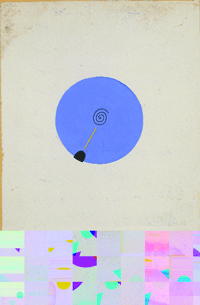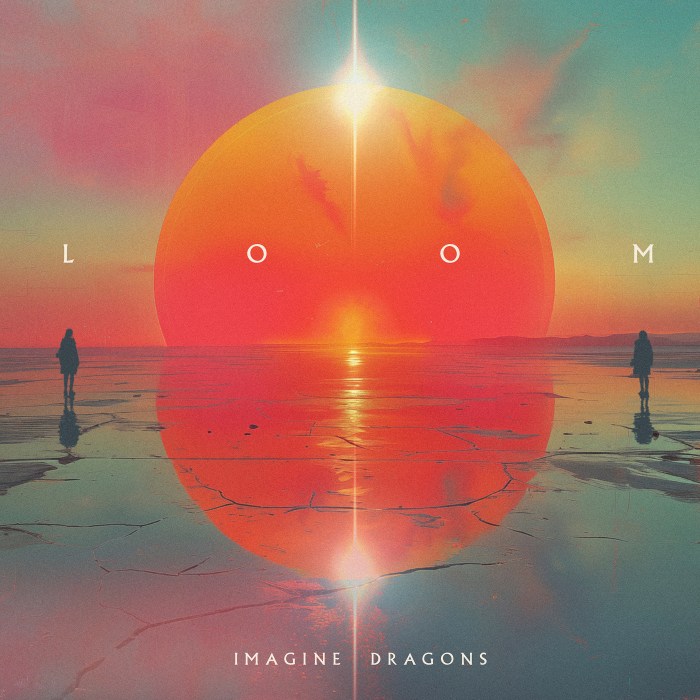VOLUME 4, ISSUE 2 |Jan 13 – 19, 2005
ART
Courtesy of The Drawing Center/Collection of Franck André Jamme.
The Drawing Center presents 30 small-scale works from Northeastern India comprised of Tantric drawings from the collection of poet Franck André Jamme. Like “Tantra 8,” above left, and “Tantra 9,” these drawings have been continually re-created over the centuries as a means of assisting in Hindu meditation.
Hindu Drawings Meant to Enlighten
Indian drawings honor centuries-long tradition that fosters tranquility
Thirty of the most gorgeous drawings on recent display are showing in “Field of Color: Tantra Drawings from India,” on view at The Drawing Room, the project space of The Drawing Center. The works, dating from 1970 to the present, come from the collection of the French poet, Franck André Jamme. Most are small, no bigger than 14 inches, and painted with gouache, watercolor and tempera on rough, fibrous paper.
Based on illustrated Hindu texts from the 17th century, the images have been created and re-created by subsequent generations of artists. Over time, the text was separated from the image, leaving only crisp, symbolic compositions as an aid for private meditation. The steady, devoted hands of many anonymous copyists are at work.
Part of the reason these drawings are so moving for a Western viewer is their formal kinship to contemporary art and Modernist abstraction. There is very little to look at on each page and the sparse geometries recall Kasimir Malevich and Agnes Martin. The shapes themselves are quirky and adamantly hand drawn, perhaps as a result of the centuries-long game of visual “telephone” that precipitated their making.
Three mute black bell shapes line up on a horizon. A green “button” holds down the middle of a page. A red knob or nipple peeks over the top of a robin’s-egg blue ball. A pair of yellow circles/eyeballs/tits mesmerizes with a tiny spiral, carefully inked into the center of each. The viewer is made aware over and over of the physical act of looking, that two eyes conjoin make a single image.
As Jamme writes in his wonderful catalog essay, “With these works, man’s genius has been able to assemble almost everything in almost nothing.” Whether or not you are familiar with or even interested in the spiritual function of Tantric art from the Indian state of Rajasthan, the clarity of the vision here is undeniable.
The exhibition has only one misstep and, unfortunately, it’s far too big to overlook. A rather unpleasant, forced relationship is set up by hanging a handful of drawings onto a wall painted by Richard Tuttle, simultaneously on view across the street in The Drawing Center’s main space. Tuttle’s elegant, offhand use of materials normally braces the ephemeral with the rigorous, yet behind the breathtaking simplicity of the Tantra drawings, his wall painting looks like the work of a glitzy, manic expressionist. Tuttle’s tantra is more Plato’s Retreat than Rajasthan.
gaycitynews.com



































